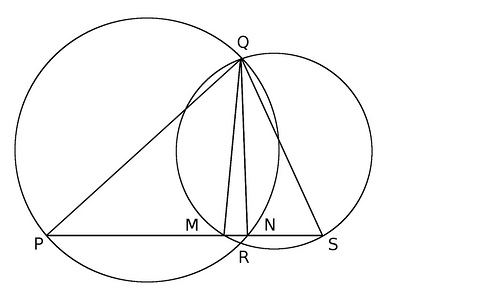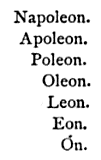The following account of unusual phenomena was received March 10, at the Hydrographic office, Washington, from the branch office in San Francisco. The bark Innerwich, Capt. Waters, has just arrived at Victoria from Yokohama. At midnight of Feb. 24, in latitude 37° north, longitude 17° 15′ east, the captain was aroused by the mate, and went on deck to find the sky changing to a fiery red. All at once a large mass of fire appeared over the vessel, completely blinding the spectators; and, as it fell into the sea some fifty yards to leeward, it caused a hissing sound, which was heard above the blast, and made the vessel quiver from stem to stern. Hardly had this disappeared, when a lowering mass of white foam was seen rapidly approaching the vessel. The noise from the advancing volume of water is described as deafening. The bark was struck flat aback; but, before there was time to touch a brace, the sails had filled again, and the roaring white sea had passed ahead.
— Science, March 20, 1885
A narrow escape from destruction by an immense meteor was reported this morning by officers of the steamer Cambrian, which arrived from London. The huge fiery mass struck the water within fifty yards of the Cambrian’s starboard bow last Friday evening when the ship’s position was longitude 51.10 west, latitude 42.05 north, several hundred miles south of Cape Race.
[Third officer Daniel Vittery:] ‘The air was filled with a deafening din such as a thousand railroad trains in a tunnel might create. The hiss of dropping fragments gave me the fleeting impression of the ship’s boilers leaking in every plate. … With a crash that shook the ship the monster struck the sea not fifty yards away, and the upheaval was terrific. Not a rope nor a spar was scathed when the meteor, big as a fair-sized house, went squarely over us and struck the sea.’
— The Friend, Sept. 21, 1907




